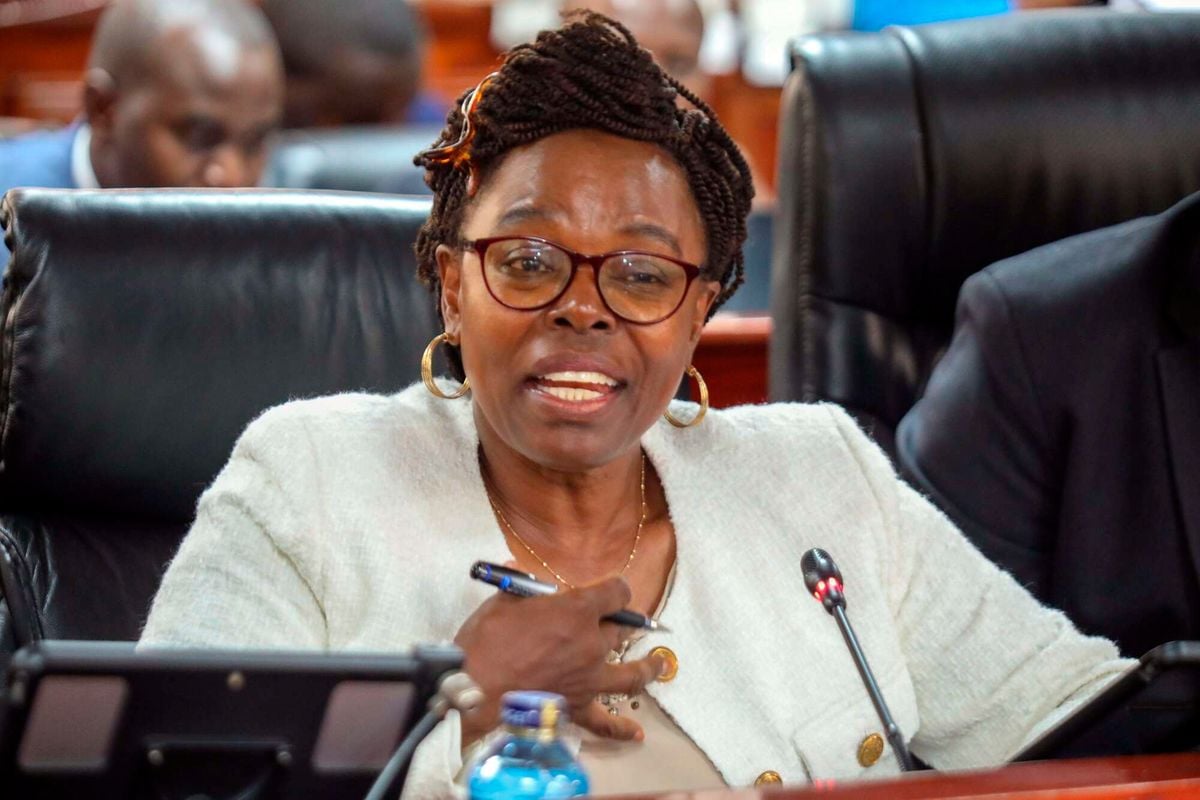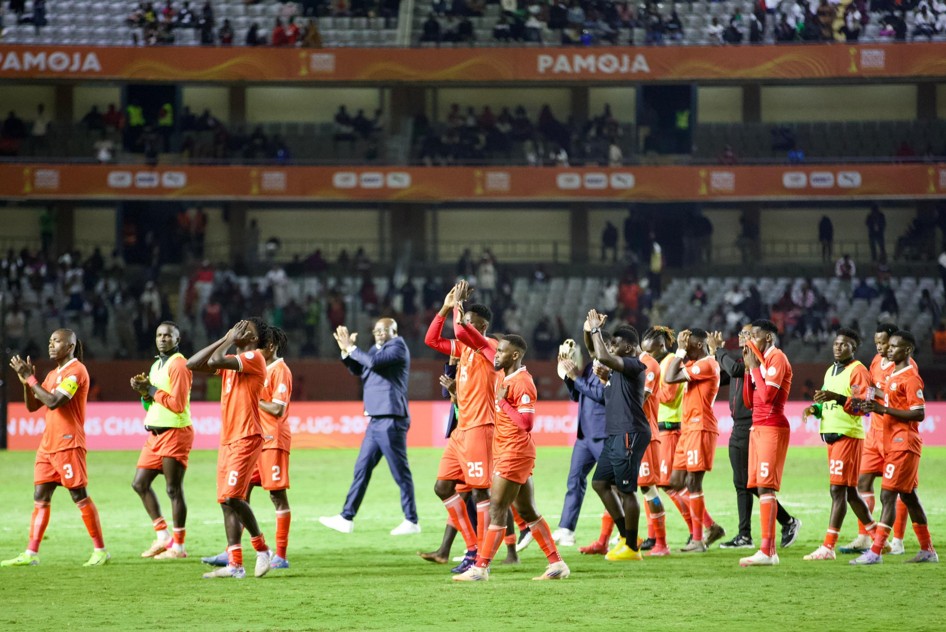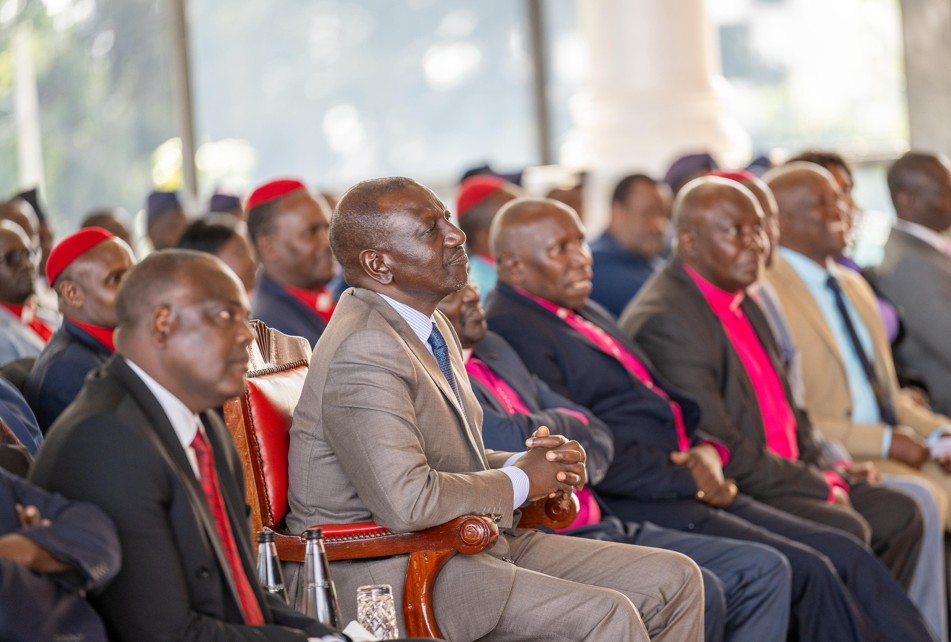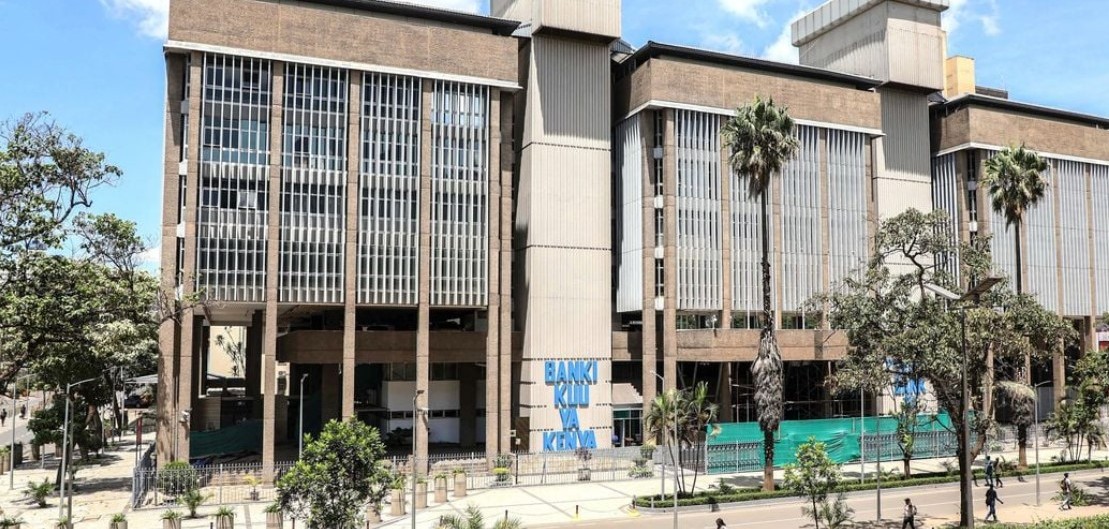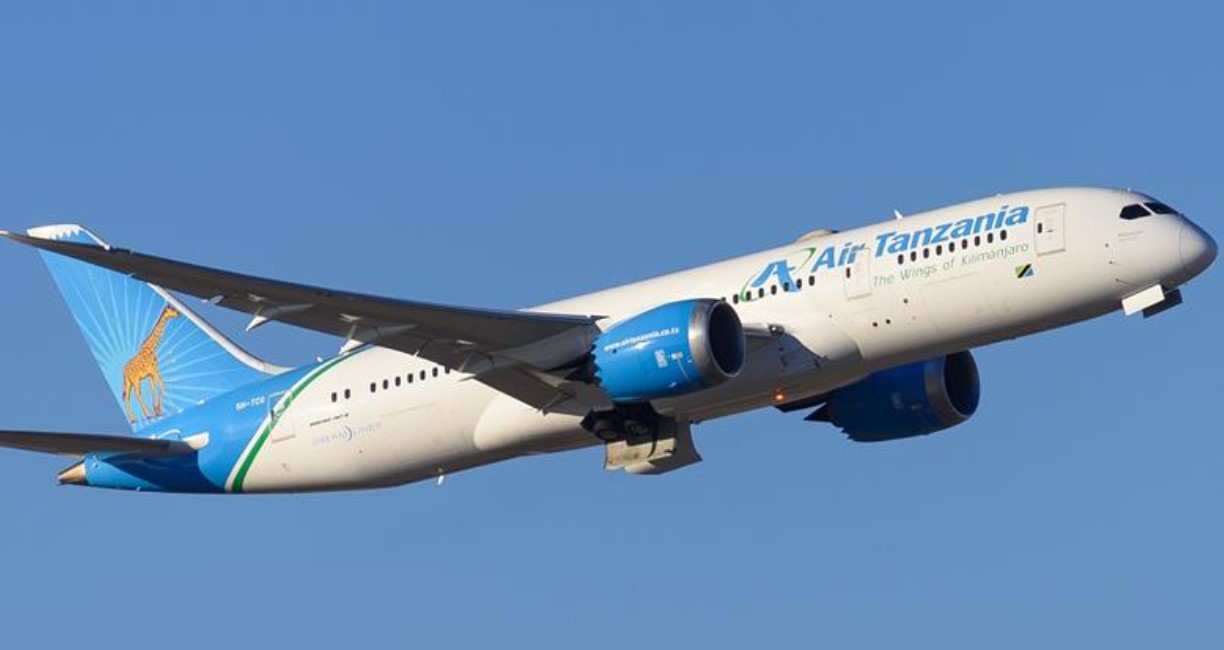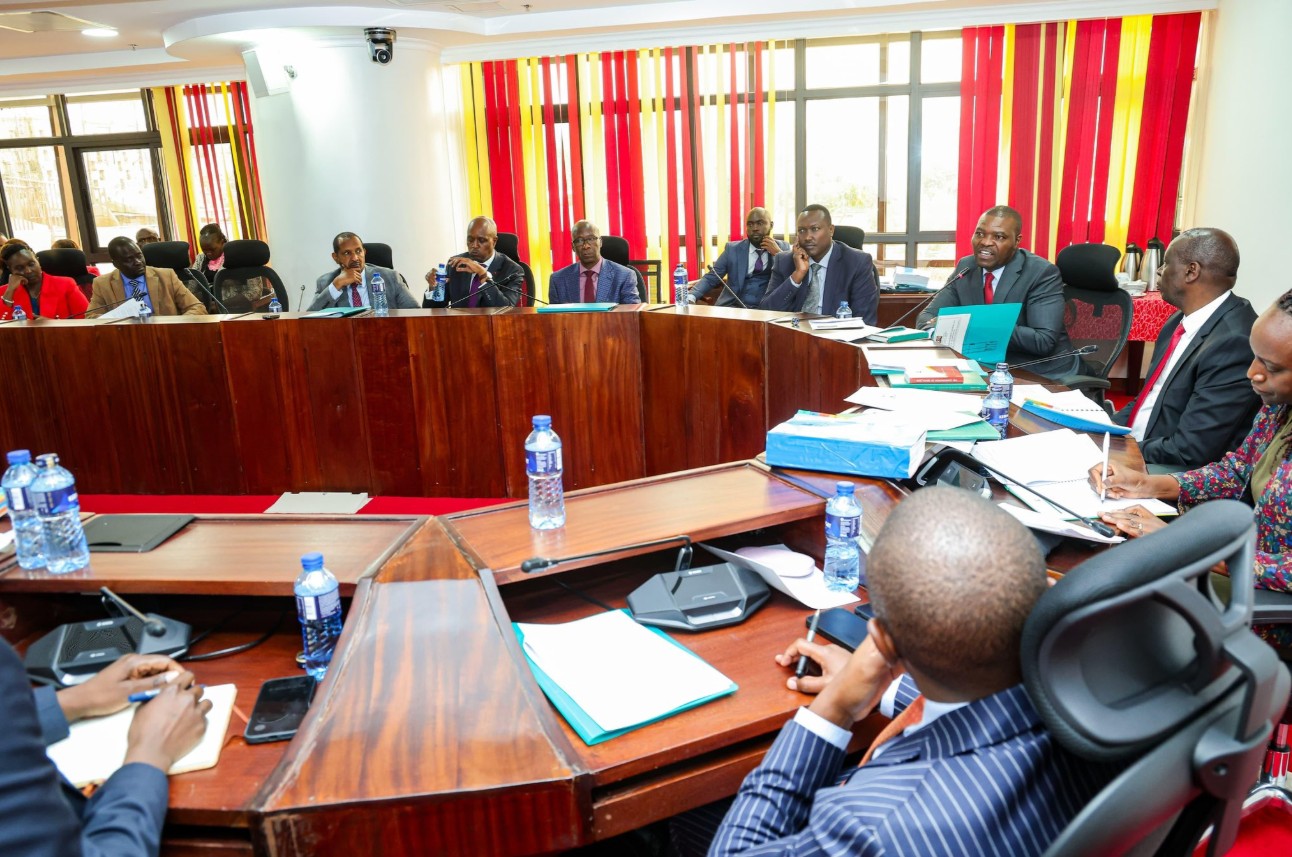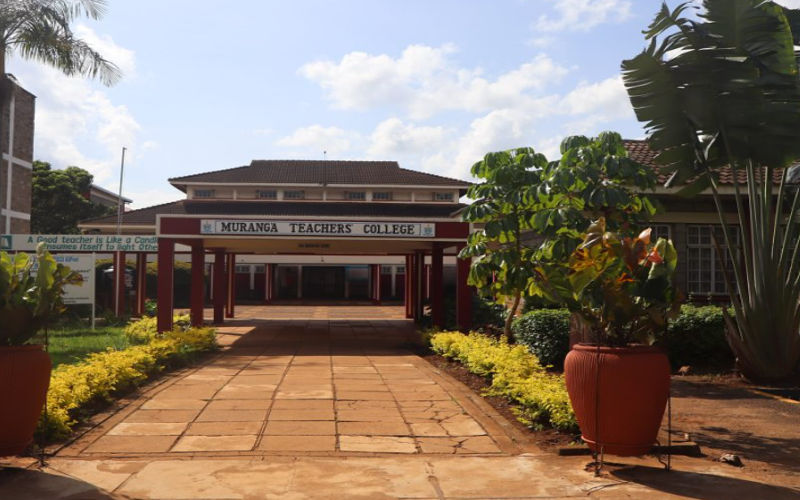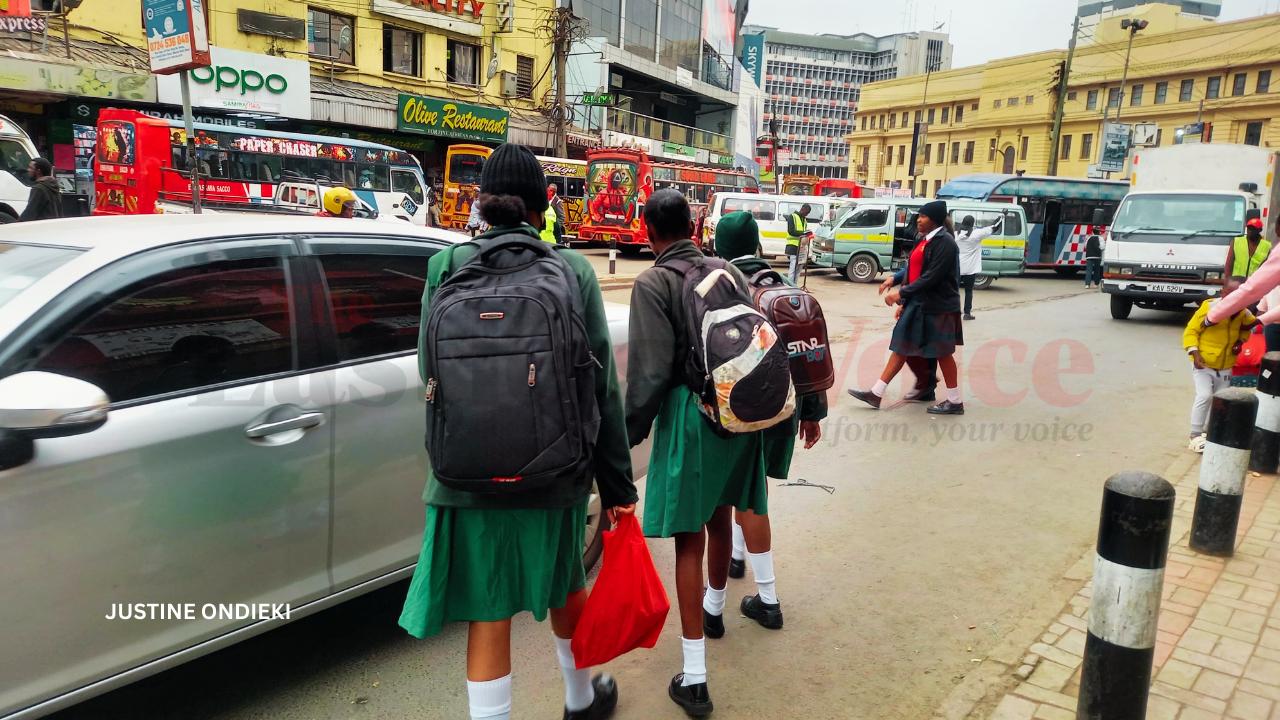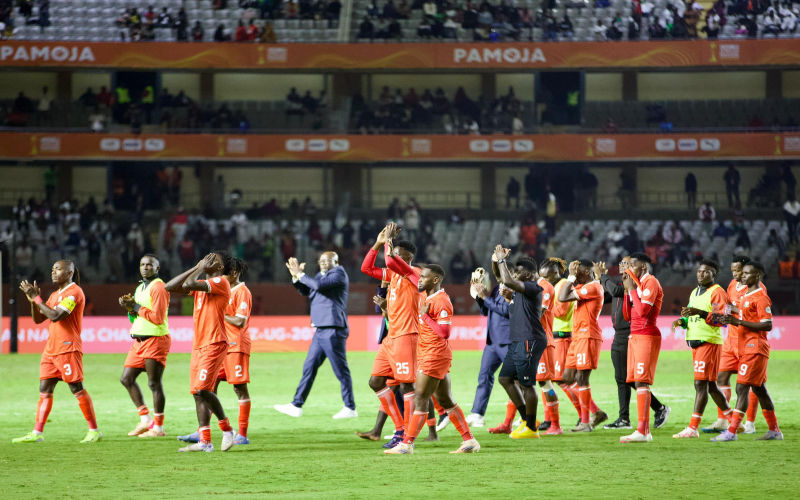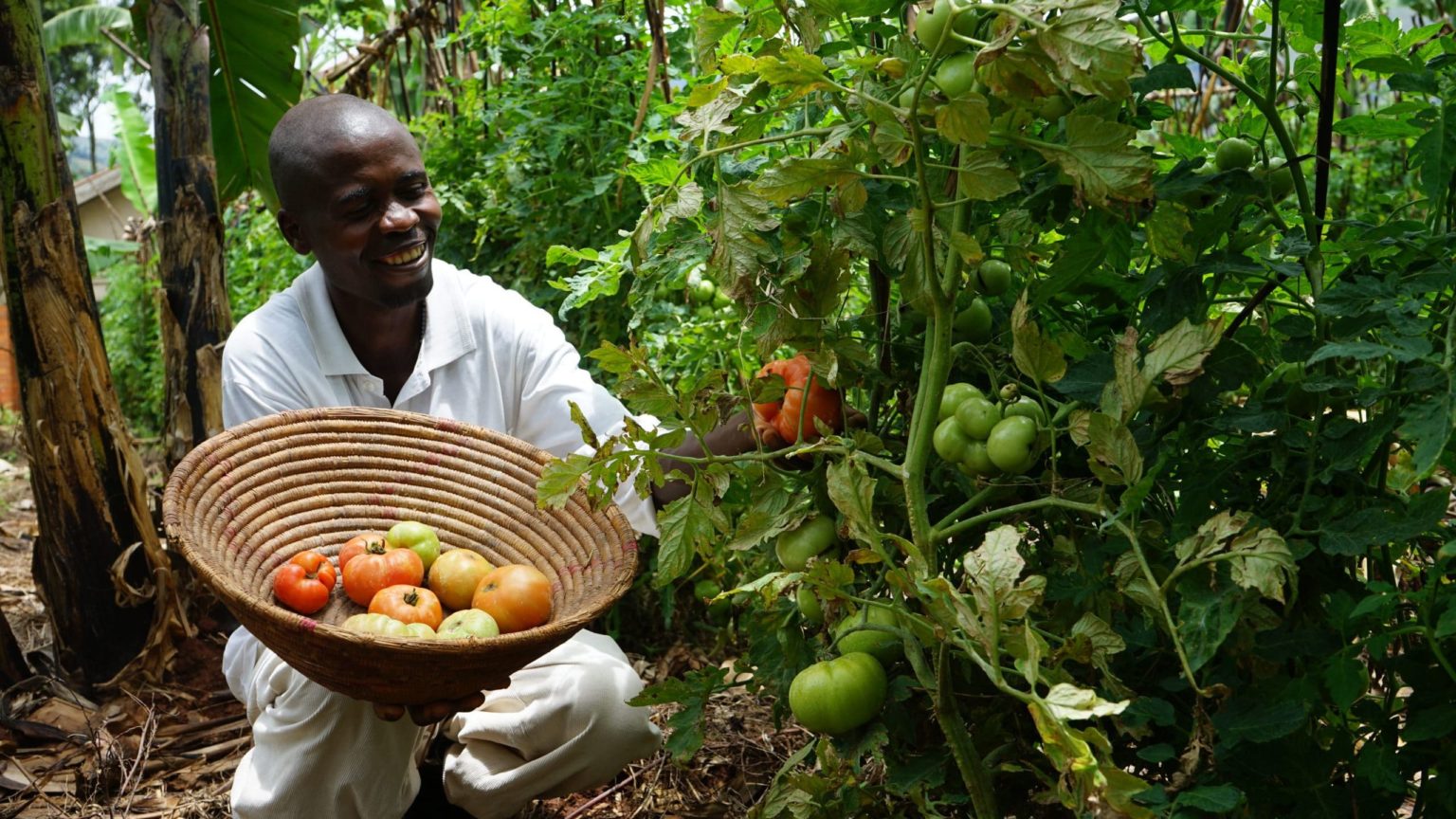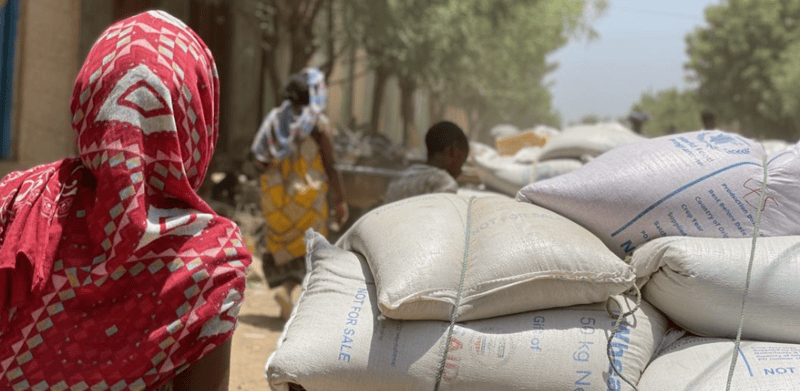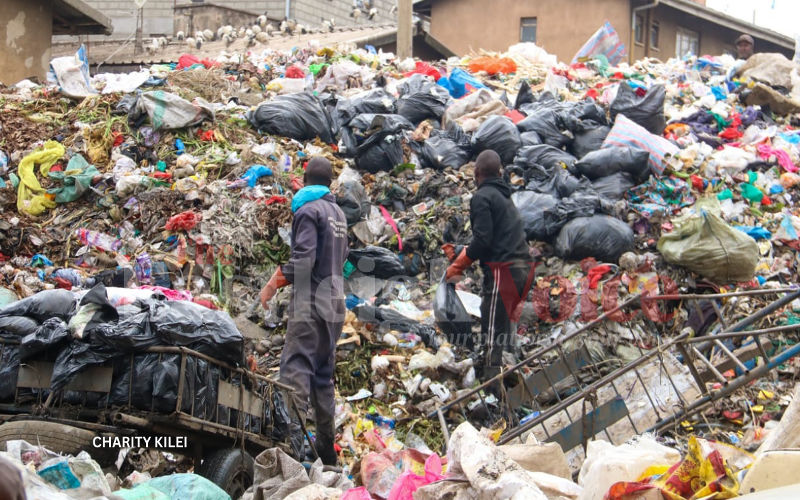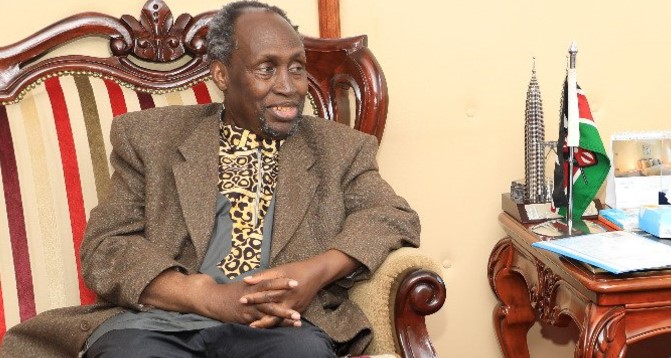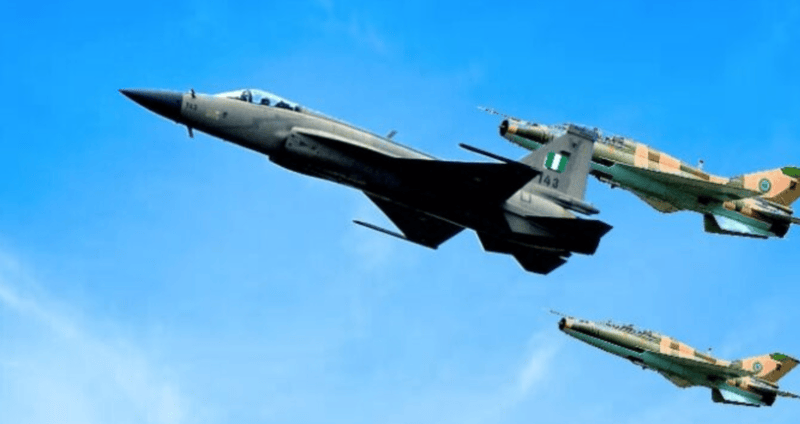Eastleigh: From a small city estate to East Africa’s commercial centre
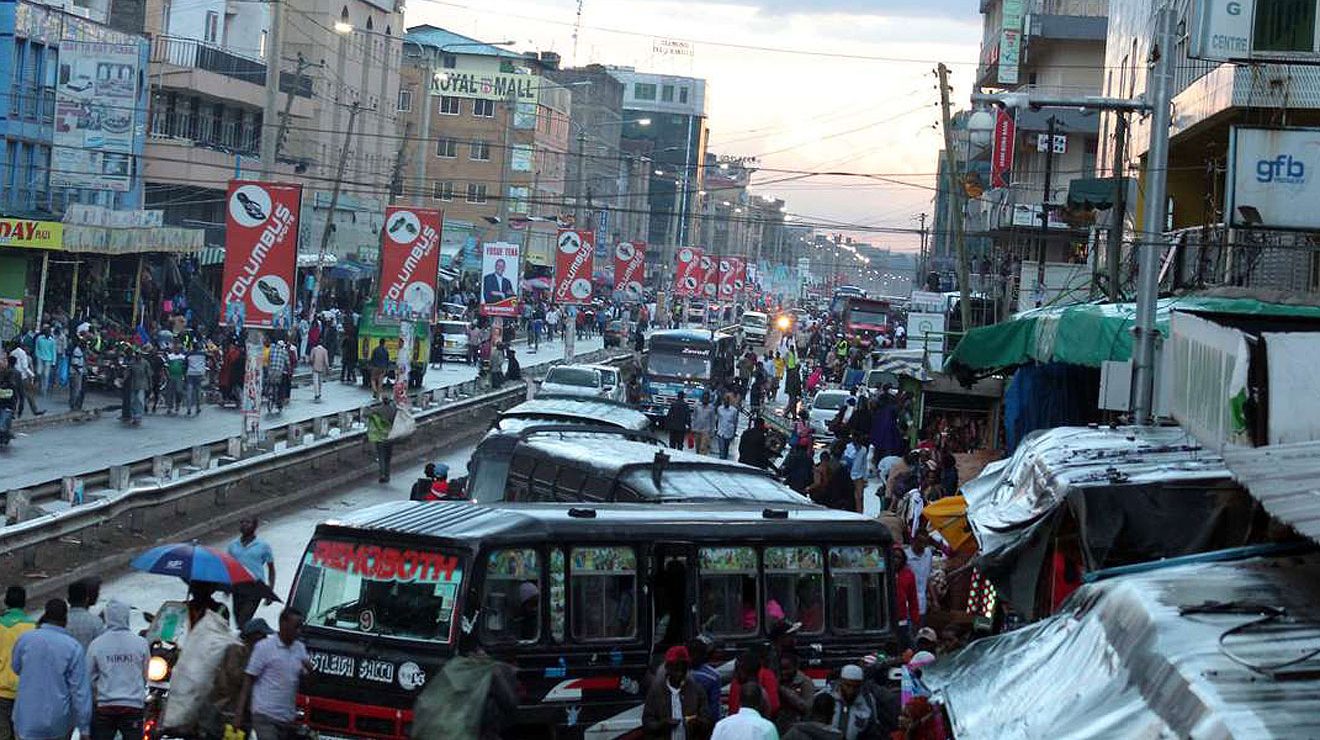
In what began with Garissa Lodge tenants turning their beds into makeshift stalls, Eastleigh now accounts for about 40 per cent of the city’s tax
Eastleigh estate in Nairobi is named after a coastal town in Hampshire, England, some 120 kilometres southeast of London. The English Eastleigh lies between Southampton and Winchester.
The name derives from "East" and "Leigh", the latter being old English for a meadow. Eastleigh, therefore, basically means the "meadow in the east".
More To Read
- Property worth millions destroyed as fire razes shops at Yare Business Park in Eastleigh
- MP Yusuf Hassan pledges to protect public land as intruders break into Maina Wanjigi in attempt to grab land
- Best biriyani in Eastleigh: Esli Hub Restaurant at Yare Towers delivers a flavour explosion
- Residents of Eastleigh’s Seventh Street demand urgent road repairs
- Court hears how police surveillance systems tracked suspects in Ahmed Rashid murder case
- Residents demand action as borehole drilling company renders Yusuf Haji Avenue impassable
In 1935, the British established a Royal Air Force (RAF) base in Eastleigh. It was briefly referred to as RAF Eastleigh before being renamed RAF Southampton in 1936.
RAF Eastleigh was the home of the legendary British plane – Spitfire – a name that inspired the local football team Eastleigh FC to refer to itself as the Spitfires.
The British set up an RAF base in Nairobi in 1940. They decided to use the name RAF Eastleigh Base, perhaps because the Spitfires were intended for war service too.
The Spitfire, which is still revered for its role in World War II, soared high and low to observe the enemy and provide a real-time flow of valuable intelligence. After the war, the surrounding area quickly acquired the name Eastleigh.
It was initially known as Nairobi East Township and was occupied mainly by Somalis who had moved from the Ngara plains.
While the colonial government initially tried to segregate citizens by race and ethnicity, failures in the Eastleigh neighbourhood more or less stopped the practice. Hence, class became the general segregating factor afterwards.
The colonial government allotted Nairobi's residential estates by race, and Eastleigh was designated for Asians and elite Africans who worked as clerks, builders or shoemakers.
Eastleigh was initially a large Kenyan Asians enclave until independence in 1963.
Its transformation from a quiet residential area to a bustling commercial hub of Kenya's economy, with links to the Somali community in the diaspora and international trade networks, has been documented by Neil Carrier in his book Little Mogadishu: Eastleigh, Nairobi's Global Somali Hub.
According to Carrier, a lecturer at Oxford University, the arrival of thousands of Somali refugees after being displaced by war in the early 1990s catalysed its transformation into a commercial area.
"Indeed, the origins of Eastleigh as a trading hub go back to a hotel called Garissa Lodge. This was a place where refugees who had trading experience from the capital of Somalia, Mogadishu, stayed," Carrier says in his book.
"Some of these were Reer Xamar, a group with trading experience in the Indian Ocean region, including links to Dubai."
While the names are spelt the same, the word "Eastleigh" in Kenya bears the localised pronunciation "Isilii". If you are more street-savvy, the estate goes by the Sheng name Isich. It lies in the East of the city across River Nairobi. The name Eastleigh, denoting the land on the East, seems perfect for the estate.
The larger area covered by the RAF Eastleigh came to be collectively known as "Eastlands" and was designated as the African quarter of Nairobi.
Kariokor, Ngara, Pangani, Pumwani, Majengo, Kamukunji, Shauri Moyo and Burma neighbourhoods developed on the east of the River Nairobi.
As was the situation in those days, the Somali community grew when its members moved to Nairobi to take advantage of emerging opportunities. They were allocated a portion of Eastland's, and it came to be known as Kambi Somali.
Economic activities
The Somali, known for being enterprising, began to redevelop the area, creating a vibrant community in Eastlands.
Communal living and business skills handed down through generations brought about economic activities that sustained the community.
Eastlands received massive redevelopment by establishing estates like Bahati, Maringo, Jericho, Makongeni, Mbotela, Makadara and Hamza.
These estates were built around Eastleigh, which became a vital trading centre. Fueling the trade was urbanisation that led to a shift in pastoralists' livelihoods. The traders would supply "low-end" goods and progress to "high-end" items, which attracted diverse customers and investors.
Initially, many goods – electronics and clothes – arrived in Eastleigh through Mandera, on the border with Somalia, to avoid high tariffs at the Mombasa port.
Later, migrant Somali businesspeople were well-positioned to take advantage of a liberalised Kenyan economy, importing goods from the manufacturing hubs of the east. Traders moved to Eastleigh from all over East Africa to take advantage of low prices of textiles, electronic items, clothes, shoes, accessories and household goods.
Shopping malls and bulk wholesalers sprang up in the area. Capital flowed in from diaspora Somalis. Coupled with the domestic demand for products, the trading centre grew exponentially.
In what began with tenants of Garissa Lodge turning their beds into makeshift stalls during the day, Eastleigh now accounts for between 35 and 40 per cent of the tax collected by the Kenya Revenue Authority (KRA) in Nairobi.
There are at least 72 malls and more than 25,000 shops in Eastleigh dealing in clothes, jewellery, handbags and many other items. Eastleigh North is the centre of all the businesses.
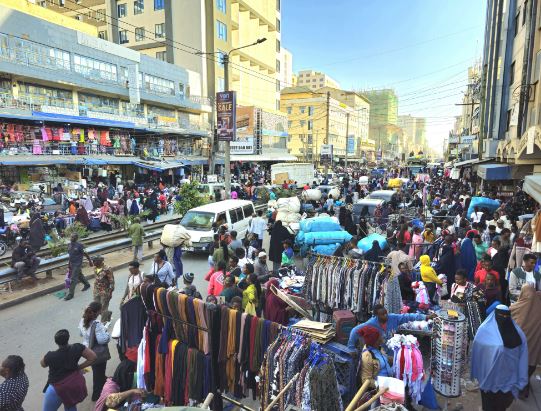 Passengers stranded along Yusuf Haji street. (Photo: Abdirahman Khalif)
Passengers stranded along Yusuf Haji street. (Photo: Abdirahman Khalif)
Thriving business centre
Ahmed Sheikh Abdullahi, popularly known as Haji Yare, has witnessed the neighbourhood's transformation from an area known for old buildings and pathetic infrastructure to what it is.
"I was the principal of Eastleigh High School in 1991 when the journey to the present commercial hub status began at Garissa Lodge," Ahmed says.
As refugees flocked to Nairobi after the fall of Somalia President Siad Barre in 1991, the quiet residential area soon turned into a thriving business centre.
Refugees at camps in northern Kenya started streaming to the capital city when the government gave them special passes in 2004 and 2005.
Although the original one was destroyed in a fire, Garissa Lodge, a residential property, would increase business remarkably in Eastleigh. Refugees would turn their beds into stalls during the day and put their merchandise under the same beds at night.
"The few who owned properties were not originally from North Eastern province (Mandera, Wajir and Garissa). They came from northern Somalia and Jubaland," Ahmed says.
Eastleigh Business District Association (EBDA) Organising Secretary Omar Ahmed says the massive growth began about 20 years ago when the public decided to make the area a market as its population grew.
It saw the proliferation of small businesses selling women's and children's clothes. People from all corners of Kenya continued to troop to Eastleigh.
Eastleigh, which covers Eastleigh North, Air Base, Eastleigh South, California and Kiambiu, has 348,778 inhabitants.
According to the UNHCR, about 400,000 Somali refugees are registered in Kenya, most in camps in the northeast. Some of these refugees found their way into the city, and many are believed to be in Eastleigh.
Kenyan Somalis took the entrepreneurship cue from the refugees and started expanding commercial activities in Eastleigh by buying properties.
Ahmed says Kenyan Somalis would buy residential properties and convert them into commercial ones, speeding up Eastleigh's evolution.
The new owners began leasing the properties in a build, operate and transfer model. At the end of the lease period, the proprietors would be left with modern buildings.
"The recent trend, however, began a decade ago as Somalis from north eastern and across the world put more of their investments in Eastleigh. This led to the building of modern structures and malls," Ahmed says.
He attributes the rapid growth of Eastleigh to several factors such as the integration of Kenyan Somalis into the government by President Daniel Arap Moi after the failed coup in 1982. This improved the community's economic status. Many moved to Nairobi, with Eastleigh being their first point of call.
"The only way to survive in town was through entrepreneurship. Anyone who has gone to school cannot withstand pastoralism," Ahmed says.
He adds that the government and locals have spurred growth through infrastructure development. Eastleigh now boasts of police posts, schools, hospitals, hotels, and restaurants, among other amenities.
Mobilisation of resources through family ties has also contributed to the rapid growth.
Eastleigh is well networked to the rest of the world through modern technology. Informal services called Hawala facilitate the rapid dispatch of cash from Somalis in the diaspora. Through this, Somalis have quickly mobilised billions of shillings within a short period without borrowing from banks that charge exorbitant interest rates.
Top Stories Today
Reader Comments
Trending
